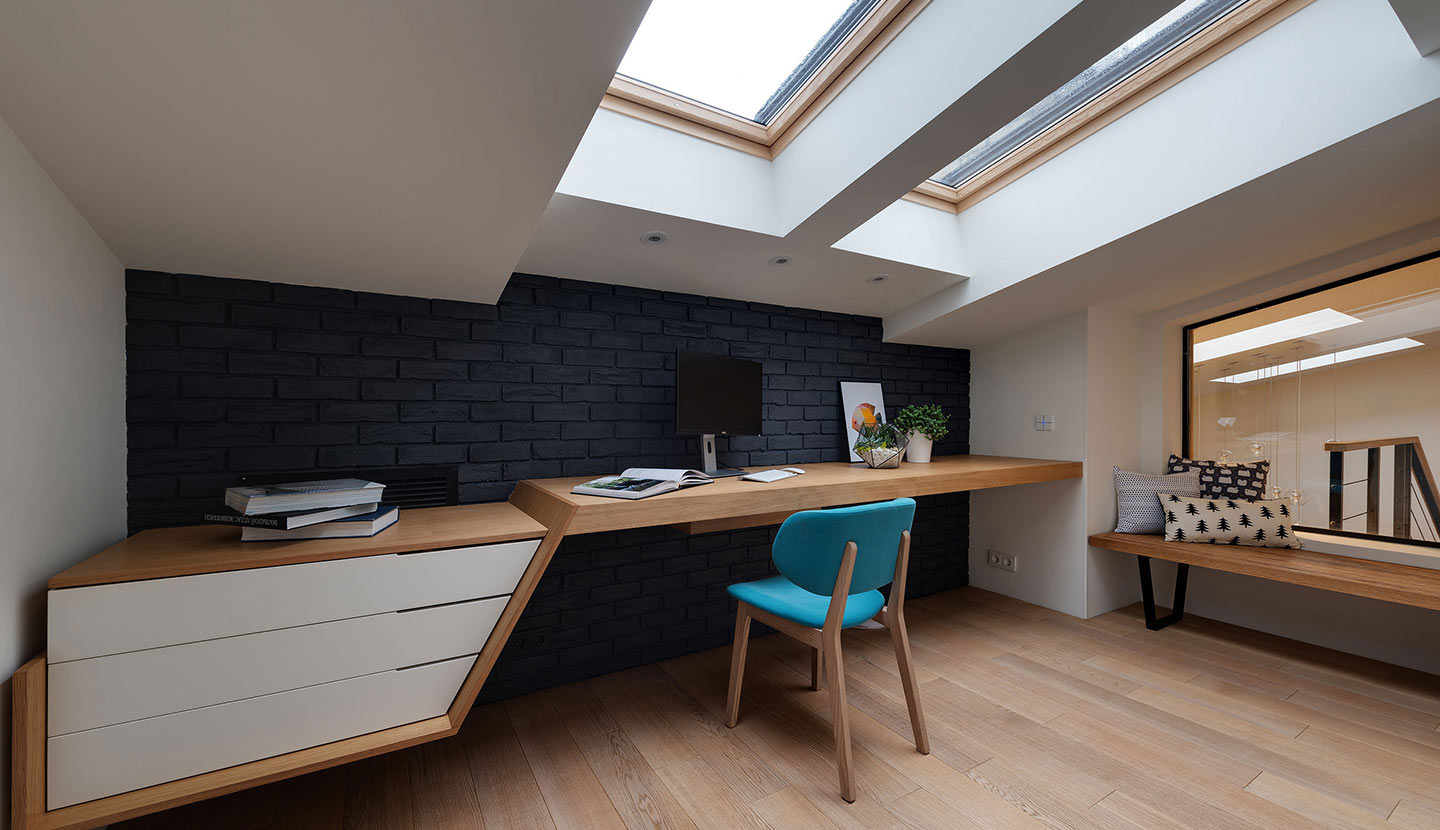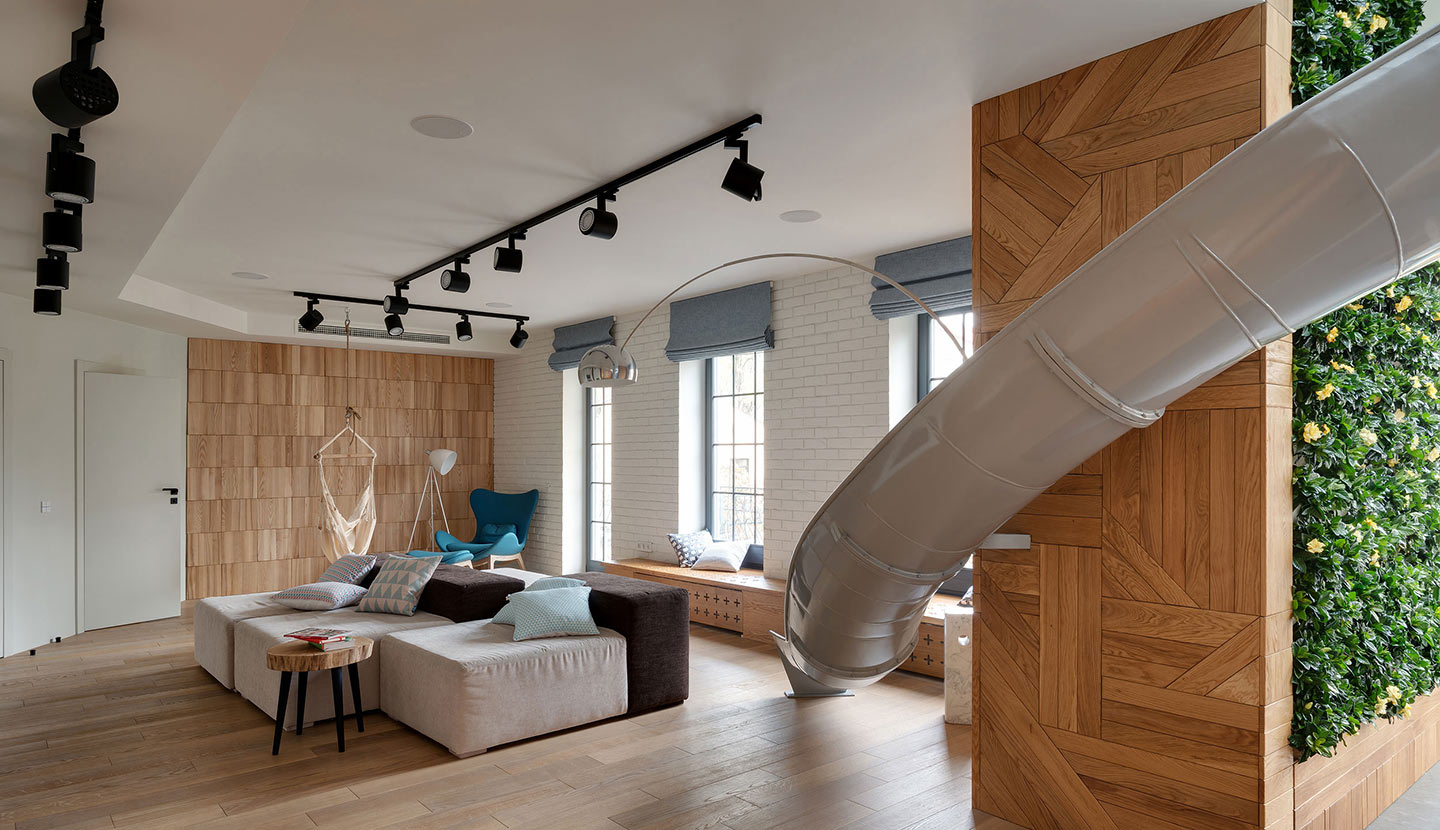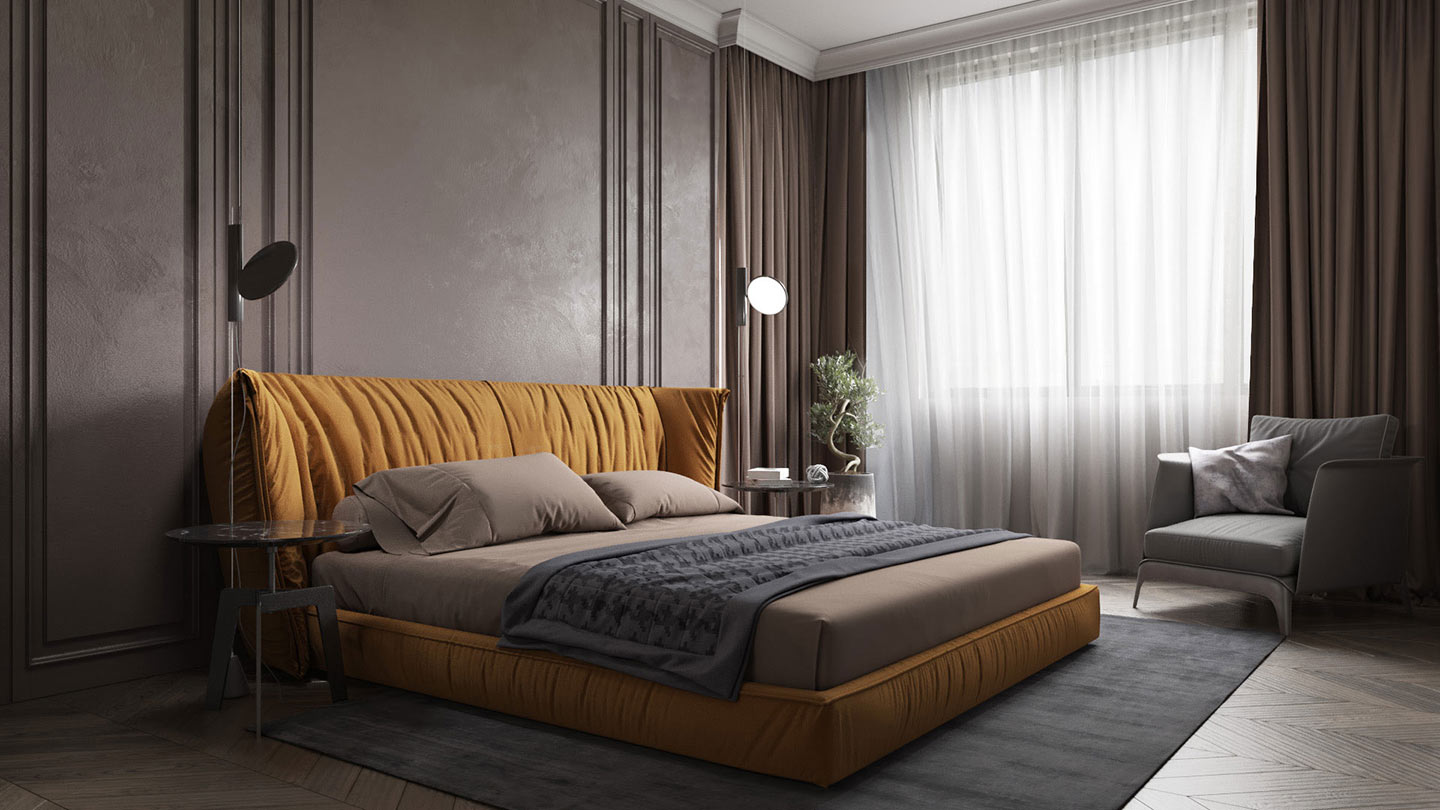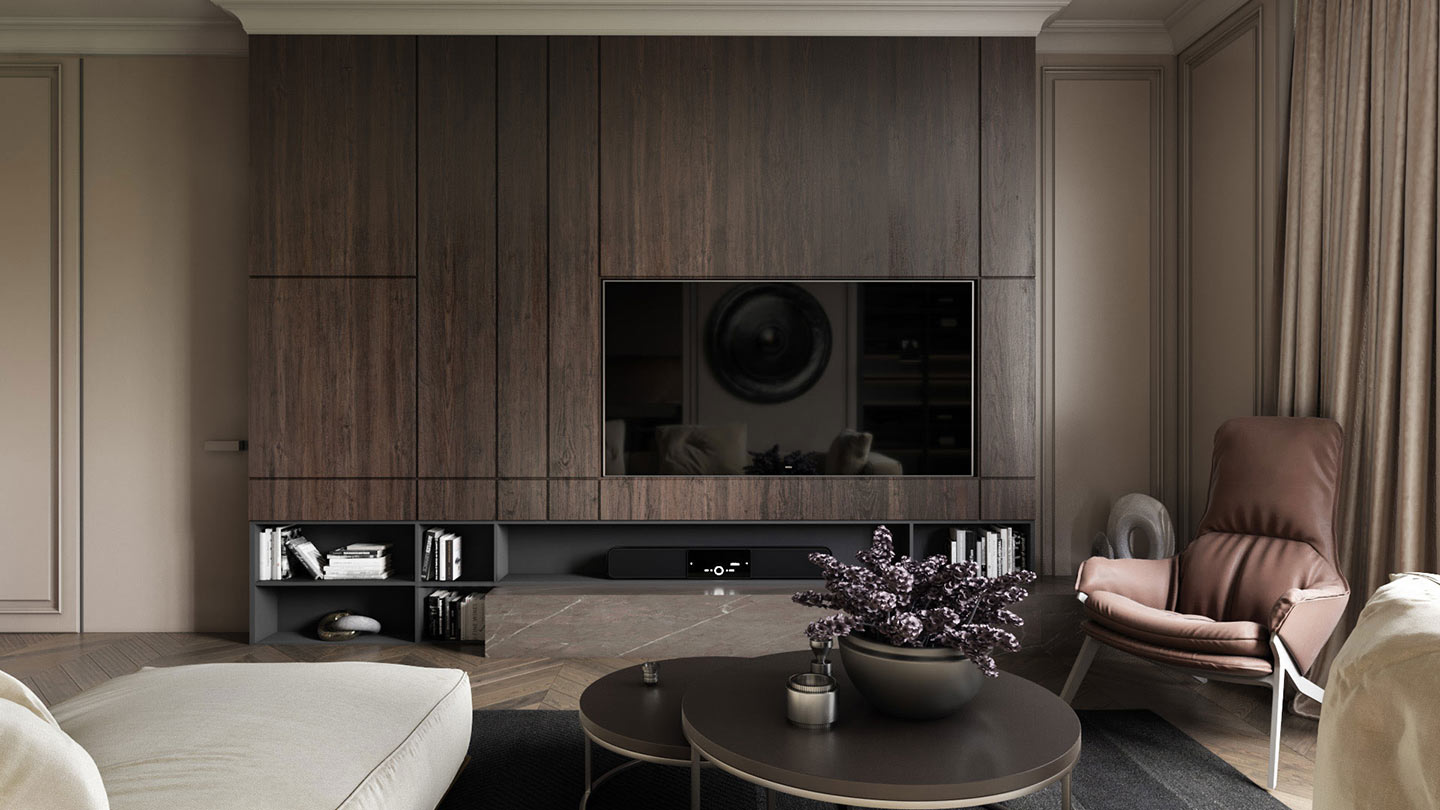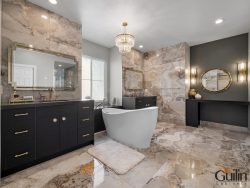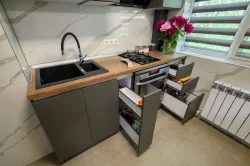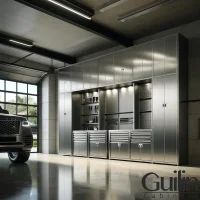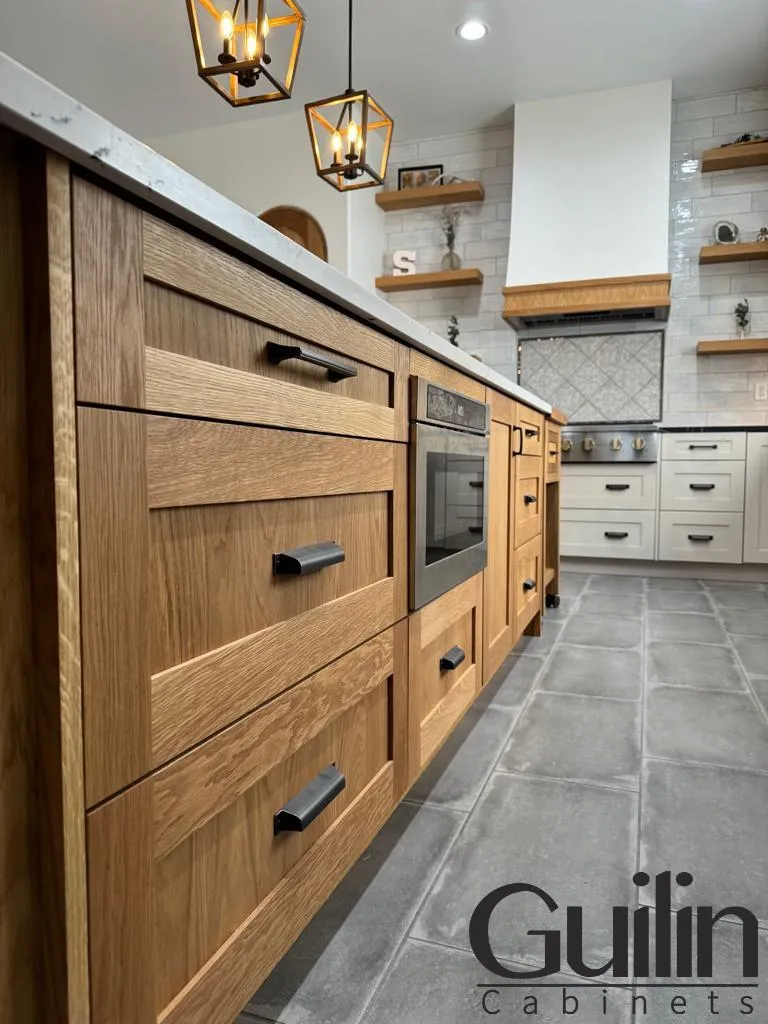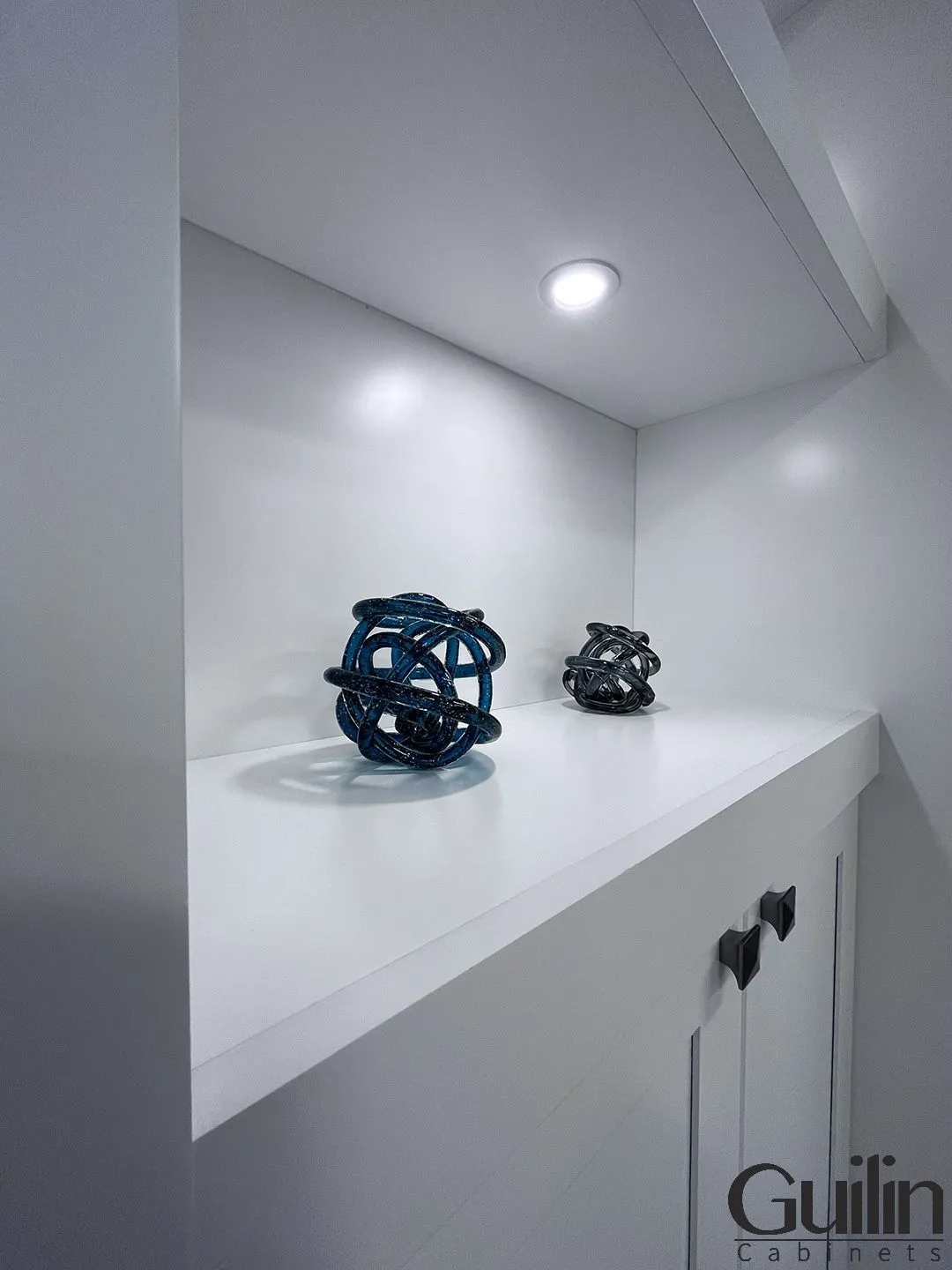Each type of cabinet construction—framed or frameless—offers its own set of benefits and design options, so deciding between the two is an important step in planning a new cabinet installation. A face frame is created by adding rails and stiles to framed cabinets, which follows the conventional American building method. In contrast, frameless cabinetry takes design cues from Europe and eliminates the need for a face frame for a more modern look. To assist you make an educated decision for your home, we’ll go into the details of both styles of cabinet construction in this blog post, highlighting their relative virtues.
Framed Cabinets Explained
Any homeowner embarking on a kitchen remodel or cabinet upgrade will likely encounter the choice between framed and frameless cabinets. Both options have their own unique advantages, and it’s important to understand the differences before making a decision. Let’s take a closer look at framed cabinets and what sets them apart.
Construction of Framed Cabinets
Framed cabinet construction involves the use of rails and stiles to create a face frame at the front of the cabinet box. This face frame provides added dimension to the door front, resembling a flat picture frame that enhances the overall aesthetic of the cabinets. By securing the door hinges to the frame face and shelves, framed cabinets offer increased strength and sturdiness. This type of construction allows for the use of partial and full overlay, as well as inset cabinet doors, providing numerous design possibilities for a customized look.
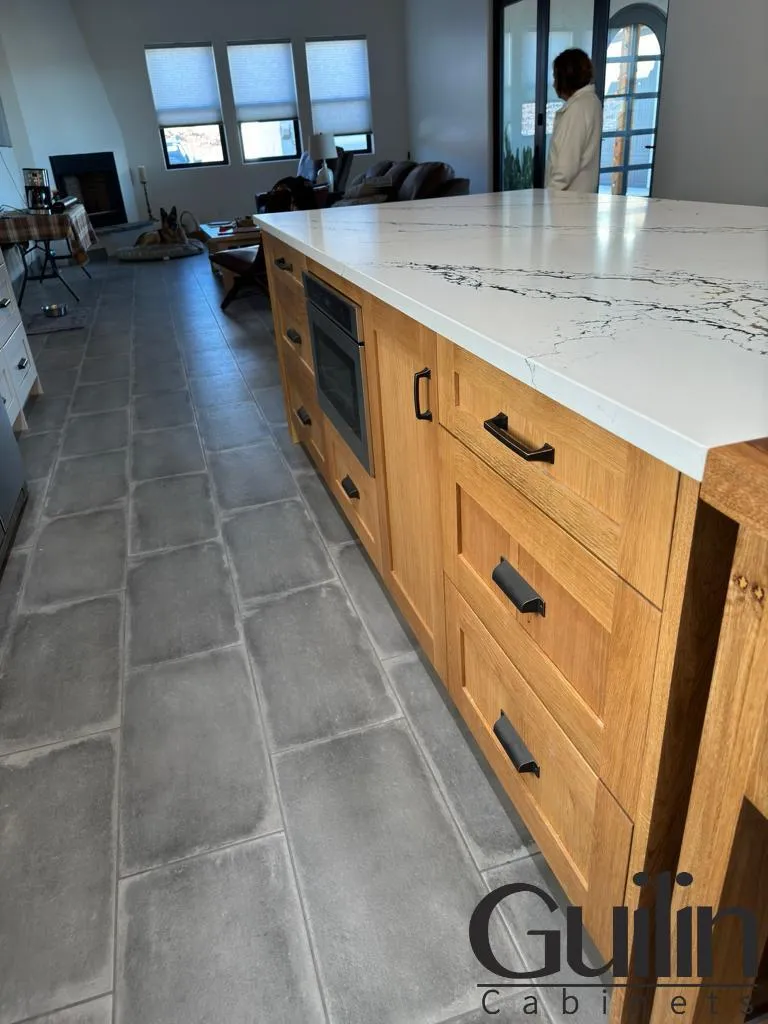
Advantages of Framed Cabinets
The process of building framed cabinets results in a structure that offers enhanced durability and support. The attachment of the door hinges to the frame face and shelves ensures a solid foundation for the cabinet doors, contributing to the overall strength of the cabinets. Additionally, the ability to utilize partial and full overlay, as well as inset cabinet doors, presents endless design possibilities, allowing homeowners to create a tailored look that suits their preferences and style.
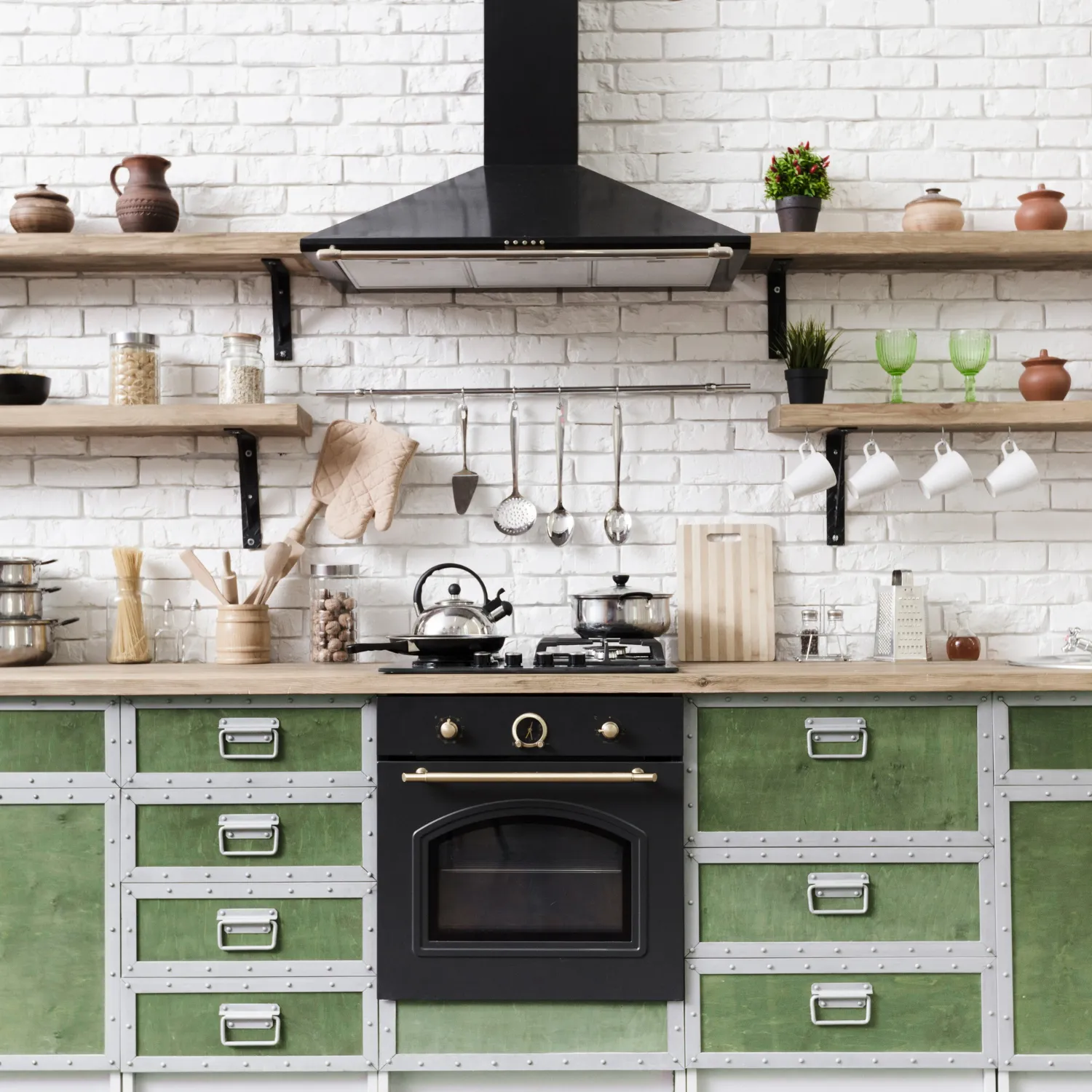
It’s also worth noting that the presence of the face frame in framed cabinets provides a level of sturdiness and helps maintain the structural integrity of the overall cabinet construction. This can be particularly advantageous in high-traffic areas of the home, such as the kitchen, where cabinets are subject to frequent use and heavy loads. This makes framed cabinets a popular choice for homeowners seeking a balance between aesthetic appeal and practical functionality.
Frameless Cabinets Explained
Now, let’s delve into the world of frameless cabinets. This European style of cabinet construction has gained popularity for its sleek and contemporary design, making it a sought-after choice for many homeowners.
Construction of Frameless Cabinets
Frameless cabinets, as the name suggests, do not have a face frame attached to the front of the cabinet box. Instead, they rely on thicker box construction for stability. This construction style provides greater accessibility and a seamless, modern aesthetic, making it a popular choice for those looking to create a clean and uncluttered look in their living spaces.
=> Related Article: The Benefits of Frameless Cabinets In Your Kitchen
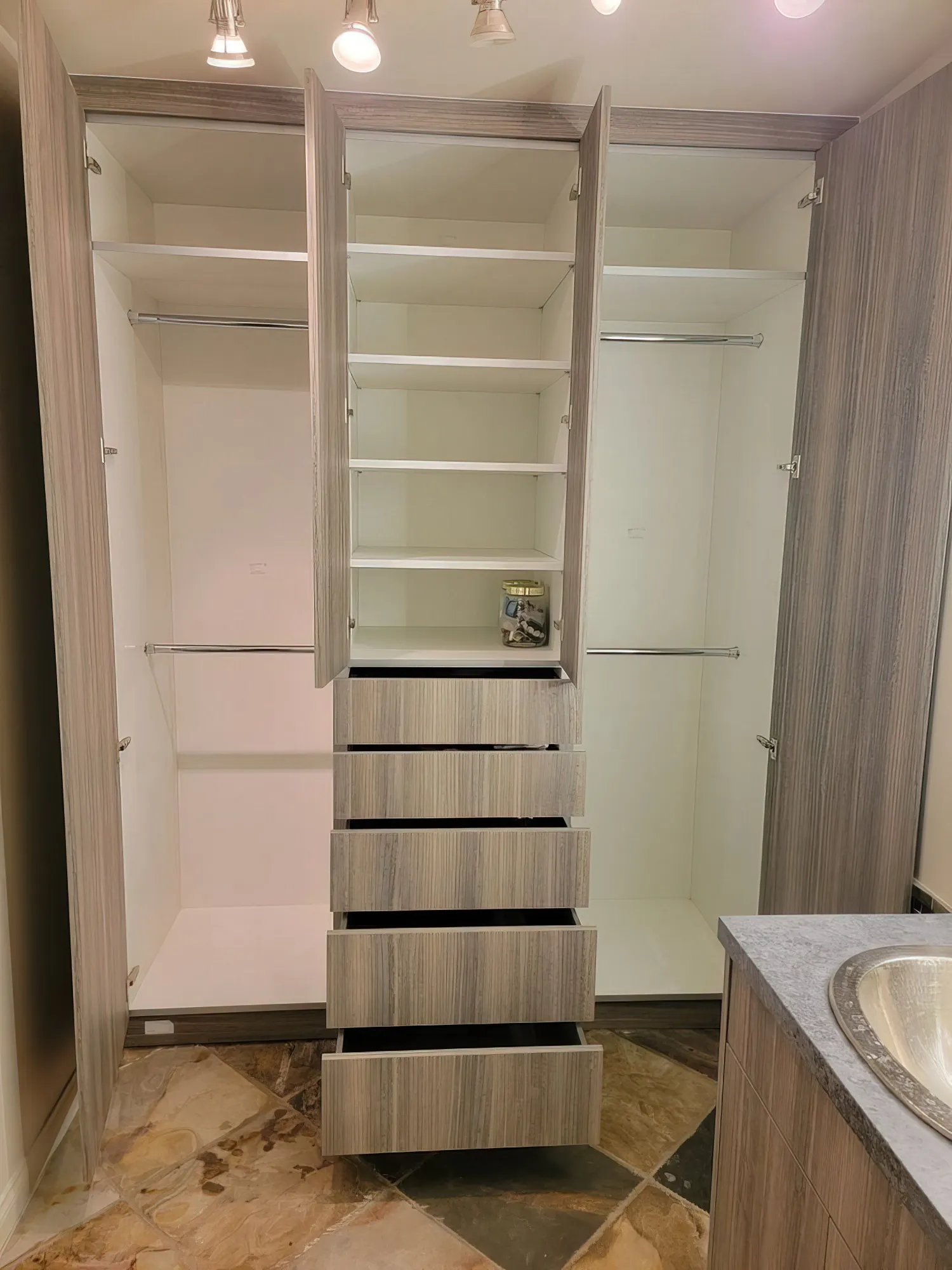
Advantages of Frameless Cabinets
The primary advantage of frameless cabinets lies in their sleek and simple design. Without the face frame, these cabinets offer easier access to items stored inside, as well as more storage space. Additionally, the absence of a center stile between the cabinet doors and larger drawers provides ample storage and a more streamlined appearance. It also provides numerous design possibilities, allowing for full overlay doors and a wide range of customization options suitable for modern design themes.
=> Related Article: How to Update Kitchen Storage Space

Design Considerations
Despite the endless design possibilities offered by both framed and frameless cabinetry, there are several key factors to consider when choosing between the two construction types. These factors include the overall design aesthetic you want to achieve, the level of accessibility and storage space you require, as well as the specific color, material, and finish options that best fit your design vision.
Choosing Between Framed and Frameless Cabinets
To decide between framed and frameless cabinets, consider the overall design aesthetic you want to achieve. Framed cabinetry provides a classic and traditional look, with added dimension from the face frame, while frameless cabinetry offers a sleek and modern appearance. Additionally, if you prioritize accessibility and storage space, frameless cabinets, with their larger drawers and easier access to items, may be the better choice for you.
Color, Material, and Finish Options
Layout and design can be greatly influenced by color, material, and finish options for your cabinets. Whether you choose framed or frameless cabinetry, the color, material, and finish you select can impact the overall look and feel of your space. From classic wood finishes to contemporary high-gloss options, each choice will contribute to the overall style and ambiance of your room.
Design considerations play a crucial role in determining the best color, material, and finish options for your cabinets. From classic wood finishes to contemporary high-gloss options, each choice will contribute to the overall style and ambiance of your room. It is essential to select options that complement the overall design aesthetic of your space, ensuring a cohesive and visually appealing result.


